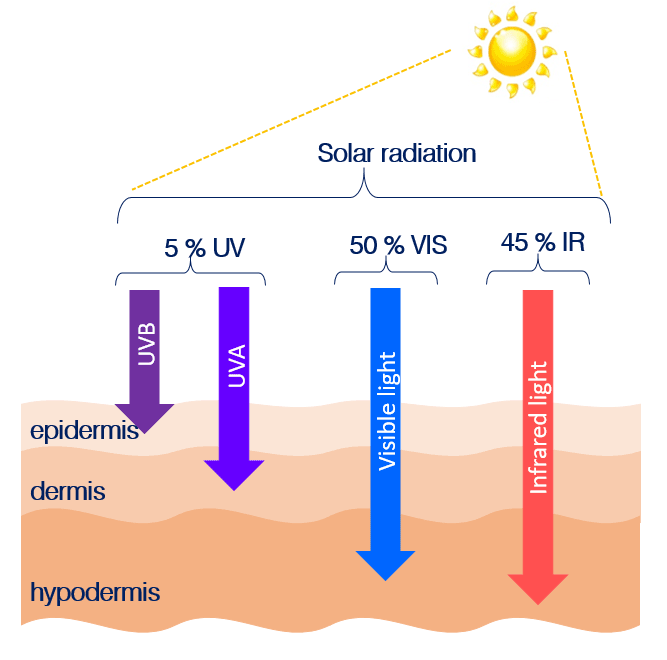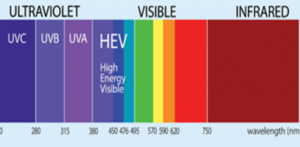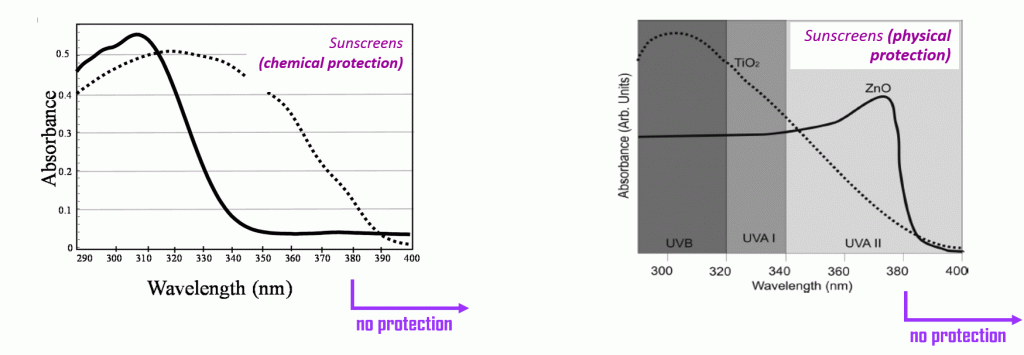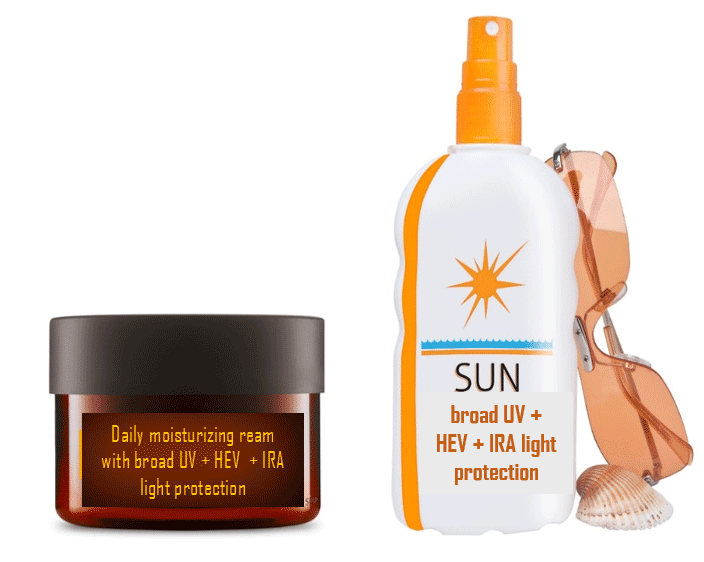It is known that ultraviolet (UV) radiation causes irreversible skin changes and DNA damage resulting in premature aging and increased risk of skin cancer.
Skin cancer, including melanoma and non-melanoma types, represents a major public health problem as it is the most common cancer of all types of cancers according to the American Cancer Society. The statistics is concerning: more than 3.5 million new cases of skin cancer are diagnosed and more than 2.2 million people are treated for skin cancer in the U.S. alone each year. According to the National Council on Skin Cancer Prevention one in five Americans will develop skin cancer in the course of a lifetime.
However, the UV light accounts for only 5 % in the Solar radiation, while the visible and infrared light constitute the remaining 95 %. The visible (VIS) and infrared (IR) light rays penetrate deeper in the skin than the UV rays passing through the dermis into the subcutaneous tissue.











